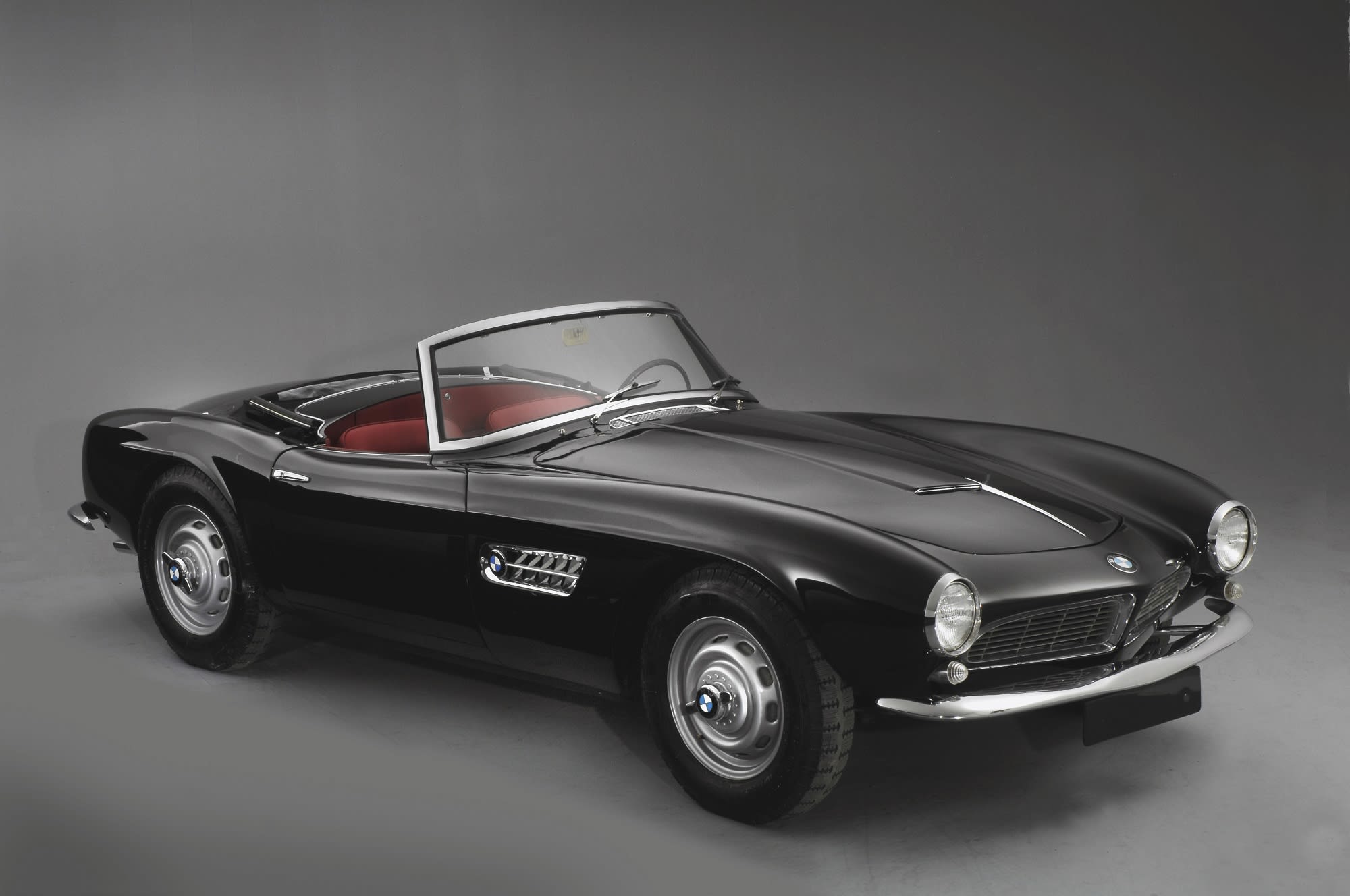Visits: 1

Today, BMW’s 507 roadsters are highly sought-after collectors’ items that can sell for millions of dollars apiece. But when the sleek, two-door convertibles hit the market in the late-1950s, sales of the zippy sports car were so slow that they nearly steered the German luxury automaker into bankruptcy.
So how exactly did a sports car that was alluring enough to attract celebrity owners like Elvis Presley, actor Fred Astaire and Prince Ranier of Monaco perform so poorly with the general public? And, why, years later, are the remaining BMW 507s so popular with collectors that a 1957 model once owned by former Formula 1 champion John Surtees sold for roughly $5 million in 2018?
A view of the front of a 1959 BMW 507 in Munich.
Sven Hoppe | Getty Images
The 507’s story begins with Max Hoffman, a U.S.-based car importer who had helped Mercedes-Benz develop its popular 300SL sports car in the early 1950s. Hoffman also worked as an importer in the U.S. for fellow German automaker BMW, and he convinced the company that a two-door, roadster version of BMW’s luxury sedans, the 501 and 502, would be extremely popular with American sports car enthusiasts, according to GQ.
The resulting roadster release in 1956 was sleek with a curved aluminum frame highlighted by chrome detailing around the headlights, windshield and bumpers. The 507 also featured a powerful engine: a 3.2-liter V-8 with 150 horsepower, paired with a four-speed transmission. The car can hit a top speed of more than 130 miles per hour.
The interior of a 1957 BMW 507.
National Motor Museum | Heritage Images | Getty Images
BMW 507 Roadster 1950s sports car V8 engine with double carburetors. The car is on display during the 2017 Classic Days event at Schloss Dyck
Sjo | iStock Unreleased | Getty Images
However appealing to the general public proved difficult and, the culprit was simple: the cost.
Hoffman had wanted BMW to be able to sell 5,000 units per year of the 507s for $5,000 apiece (which would be around $48,000 today, based on inflation). However, high production costs for German, hand-built sports cars drove the price up to roughly $10,000 (or, over $96,000 today).
Elvis Presley takes the keys for his BMW 507 in Frankfurt, Germany in 1958.
Bettman | Getty Images
Sales of the car cratered. (By comparison, the Mercedes 300SL was selling for around $6,000 at the time.)
BMW ended up losing money on each of the BMW 507s it produced, which is why the company only ended up turning out around 250 of the cars before shutting down the model in 1959. Most of those versions of the roadster were soft-top convertibles, though 11 of them featured detachable hard-tops.
The failure of the BMW 507 pushed the company into financial distress, to the point that German rival Daimler-Benz nearly acquired BMW in 1959. Only an investment from shareholder and industrialist Herbert Quandt saved BMW from bankruptcy. But the company rebounded in the 1960s, when sales of the company’s smaller sedans took off.
A white 1958 BMW 507 sold at auction by Sotheby’s in February 2020.
Source: Tim Scott | Courtesy of RM Sotheby’s
